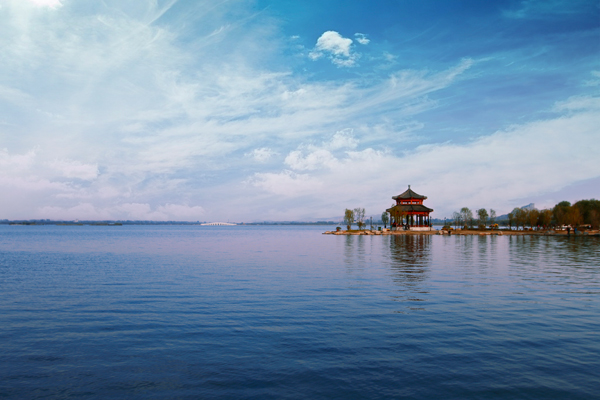Future shines as coal fades
 |
|
Nanhu Wetland Park, transformed from a 5-square-kilometer area of subsidence in Huaibei, Anhui province, is expected to be listed as a national scenic spot soon. China Daily |
In the southern suburbs of Huaibei, a city in the eastern province of Anhui, there are large areas of water, which resemble natural lakes and serve as wetland parks.
However, these "lakes" are the result of subsidence. They are a reminder that the city, one of China's largest coal production bases, has struggled to eradicate the economic and environmental problems created by mining, which was once its dominant industry.
Having produced 1 billion metric tons of raw coal since it was established in 1960, Huaibei still has reserves of more than 4.6 billion tons.
The city's urban area is surrounded by mines in the east, south and west, while in the north the formerly barren Xiangshan Mountain has become a forestry park as a result of decades of tree-planting projects by the local government.
Mining kept the city on the fast track of growth, especially from 2003 to 2012, a period known as the "Golden Decade" of coal production, according to Huang Xiaowu, Party chief of Huaibei, which has a population of 2.18 million.
In 2013, when Huang was appointed as the city's mayor-he became Party chief last year-he had narrowly missed the coal industry's best times. Instead, he inherited a host of problems.
"In the middle of 2012, the domestic price of coal began to tumble. By end of last year, the price of raw coal had plummeted by almost two-thirds," he said.
Given that the coal industry accounted for half of Huaibei's annual tax revenue, the difficulties Huang encountered were numerous and tough.
Now, as a result of ongoing efforts the city is maintaining steady growth, but of a kind that's economically and environmentally sustainable.









